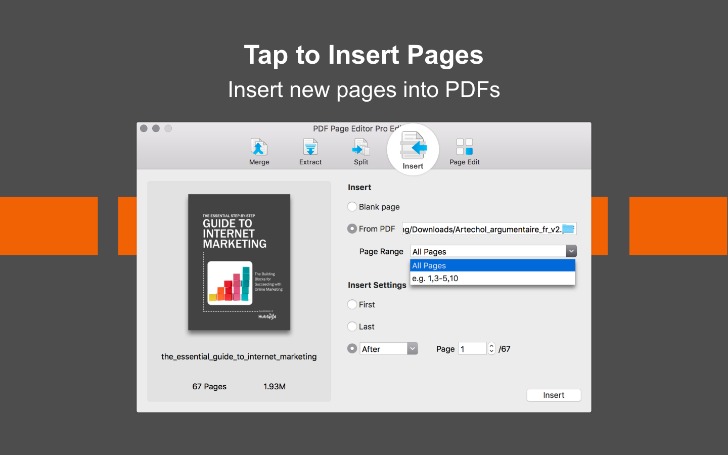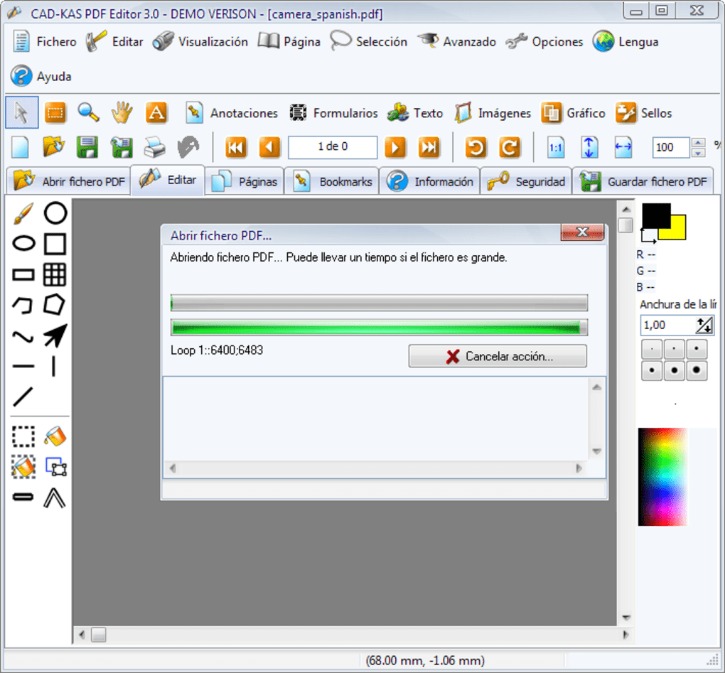Local Advantage: SAT Prep in Boulder with Real Tests, Smart Schedules, and Proven Strategies
Boulder students face a unique mix of academic rigor and outdoor distractions, which makes disciplined, strategic SAT prep Boulder essential. Start by anchoring your study plan to official materials. Practicing with a Real SATs pdf is the fastest way to learn the test’s true pace, wording, and trap patterns. Build a weekly cycle: three days of targeted practice on weak skills (grammar rules, algebraic manipulation, evidence-based reading), two days of timed section drills, and one day for full-review and error logging. The final day can be a lighter, concept-integration session or rest to consolidate learning.
Leverage Boulder’s school calendar and daylight rhythms by studying earlier in the day when focus is highest, then using late afternoon for review or light vocabulary. Always log misses. A high-quality error log should capture the question type, the rule tested, the reason for the miss (misread, concept gap, time pressure), and the corrective strategy. Over time, this transforms from a list of mistakes into your personal curriculum. If timing is a recurring issue, alternate 20-minute “burst” drills with full-length sections; this blends intensity with endurance and prevents careless errors born from fatigue.
For Reading, prioritize passage mapping: title, thesis, and paragraph function. Train yourself to predict answers before looking at choices. Mark evidence lines, then test each option against the exact words of the passage. For Writing and Language, codify rules into a one-page checklist: subject-verb agreement, pronouns, modifiers, commas/semicolons/colons, parallelism, concision. On Math, separate “skills” (factorization, fractions, exponent rules, systems, quadratics, functions) from “moves” (substitute, plug in numbers, backsolve, graph sketch). When a question stalls, switch to a “move” that reduces cognitive load.
Full-length practice exams every two weeks emulate test stamina. Use an official Real SATs pdf for these diagnostics; replicate test-day conditions: no phone, strict timing, and short breaks. After each test, review top misses first—especially those you could have solved with better reading of the prompt or a simpler method. Plug these back into your study cycle for the next two weeks. By aligning Boulder’s steady academic pace with a rigorous review framework, you create compounding gains that show up as real score jumps.
Timing, Science, and Superscoring: Boulder’s Blueprint for ACT Success
ACT prep Boulder works best when you treat the exam as four separate games—English, Math, Reading, and Science—each with its own timing and tactics. Start with a baseline test to identify your fastest wins. The ACT rewards speed plus accuracy, so aim for a “two-pass” approach on all sections. On English, focus on clarity and consistency: pick the shortest, most grammatically sound option unless style or logic says otherwise. Create a 10-rule “cheat sheet” encompassing comma splices, apostrophes, modifier placement, verb tense, and transitions; revisit it daily for 10 minutes.
In Math, memorize the formulas, but rely on process. Use “plug-and-chug” for algebraic variables, backsolving for multiple-choice equations, and quick sketches for geometry. Train to finish early: the final 5–8 questions often require more setup, so bank time by streamlining earlier items. For Reading, pair passage types with methods: for prose, track character and conflict; for social science, isolate claim and evidence; for natural science, map the hypothesis and experiments. Glance at questions before reading to pre-load what to look for, then annotate lightly to avoid losing time.
Science is not a content test; it’s a speed-and-logic test. Prioritize data extraction: titles, axes, trends, and anomalies. Move quickly through easy graph questions, then spend saved time on multi-experiment comparisons. If a question turns into a rabbit hole, mark and move; your two-pass plan will rescue it later. Incorporate official practice from a Real ACTs pdf, and track time checkpoints: after every 10 questions on English and Math, and after each passage on Reading and Science. This develops a reliable internal clock that stabilizes pacing under pressure.
Many Boulder students benefit from superscoring strategies. If English and Reading are stronger, you may prioritize Math/Science cycles while maintaining light touch on verbal skills to keep them fresh. Use monthly full-length ACTs with strict timing and test-day routines (nutrition, hydration, warm-up questions). For families seeking targeted guidance that blends strategy with accountability, consider ACT tutoring with instructors who provide granular diagnostics, timing drills, and adaptive plans. Layered on top of consistent practice, this approach transforms steady improvement into breakthrough scores.
Private Tutoring, Real-World Case Studies, and How to Choose Between the SAT and ACT
Private SAT tutoring and Private ACT tutoring deliver three key advantages: customization, accountability, and accelerated error correction. A skilled tutor in Boulder starts with a diagnostic that identifies not just which questions you miss, but why. From there, they craft micro-curricula around your error patterns—comma usage versus transitions on English/Writing, function translation versus quadratic manipulation on Math, or evidence selection versus inference on Reading. Weekly sessions focus on one to two priority skills, then conclude with timed mini-sets to pressure-test the learning. Between sessions, you work from an individualized assignment bank with curated passages and problem sets sourced from official exams and targeted drill material.
Case study: A Boulder High junior at a 1250 baseline adopted a 10-week plan blending SAT tutoring with timed official sets from a Real SATs pdf. Weeks 1–3 targeted algebra and punctuation, with daily 20-minute bursts and a Friday mini-exam. Weeks 4–7 layered reading strategy (evidence-first answer checks) and function interpretation; the student logged every miss by rule and misread. Weeks 8–10 introduced back-half pacing tactics and stress inoculation via timed endurance sets. Result: a 140-point jump, with most gains concentrated in Math and Writing after cumulative error themes were resolved. The student reported reduced anxiety due to a predictable test-day script practiced repeatedly under realistic timing.
Choosing between SAT and ACT should begin with a dual diagnostic under exam-like conditions. Interpret results using three lenses: accuracy per question type, time-to-correct (how long it would take to fix the underlying issue), and stamina (performance drop-off late in sections). If you excel at fast, line-edited grammar and graph reading, the ACT may be more natural; if you prefer multi-step reasoning with slightly more time per question, the SAT may fit better. Once you decide, commit for at least one full cycle (8–12 weeks) before reconsidering. Switching too early resets momentum and delays score growth.
To maximize return on effort, align your plan with Boulder’s academic tempo. During heavy school weeks, maintain skill freshness with short, high-yield drills (15–25 minutes daily) and one longer weekend block. During lighter weeks or breaks, add full-length exams and deep reviews. Use official sources—Real SATs pdf and Real ACTs pdf—as the backbone of practice. Supplement with targeted drill banks only after you have mined official material for patterns. If you opt for one-on-one support, request transparent progress metrics: section-by-section accuracy, average time per question type, and projected score range. With the right blend of real tests, disciplined review, and focused guidance, Boulder students can reliably convert effort into standout scores.




